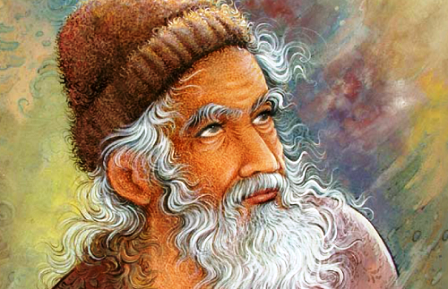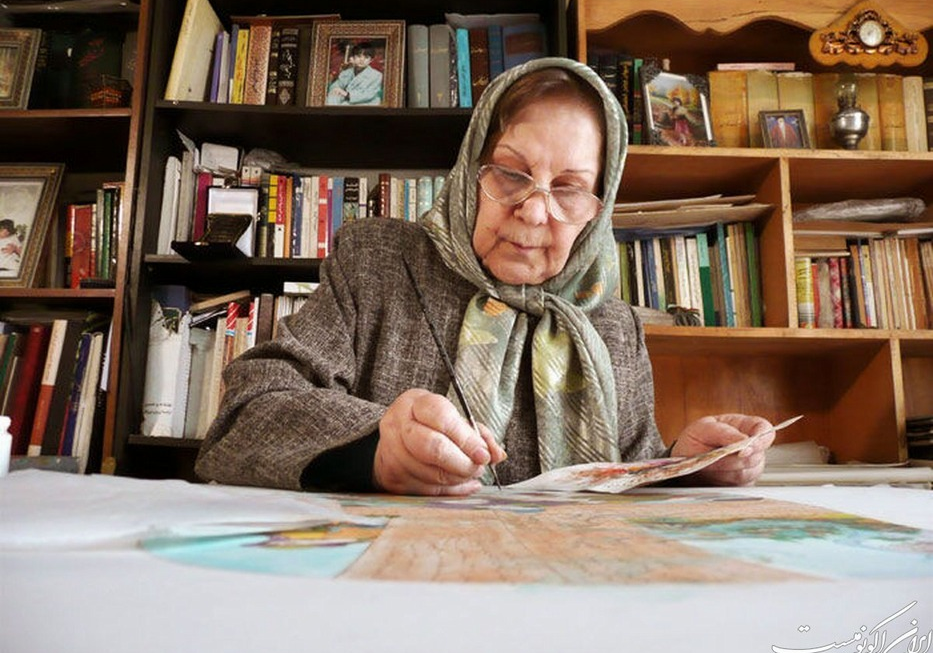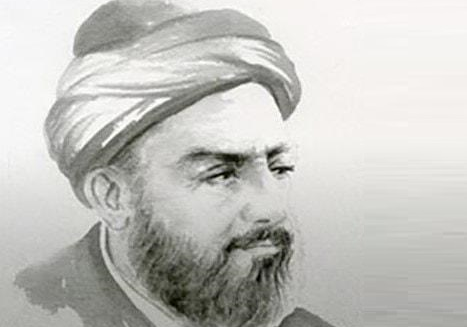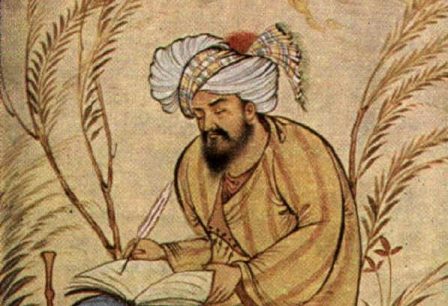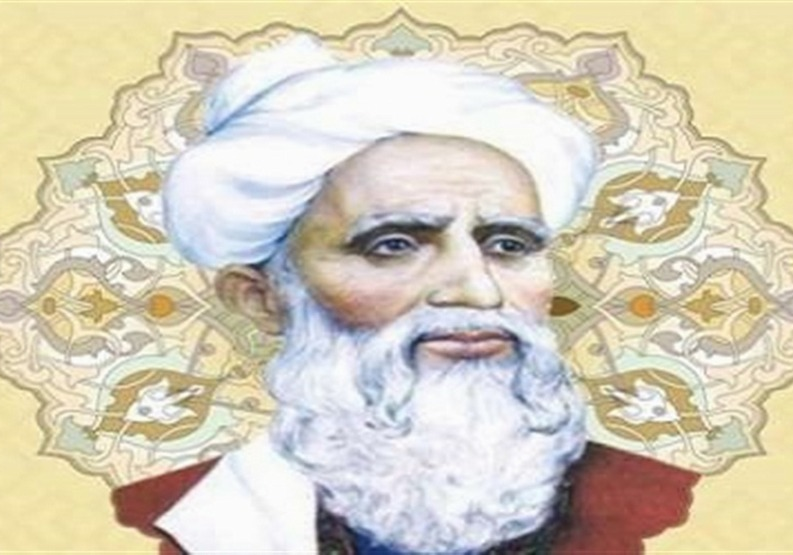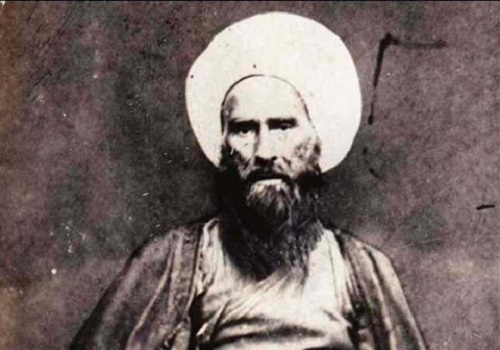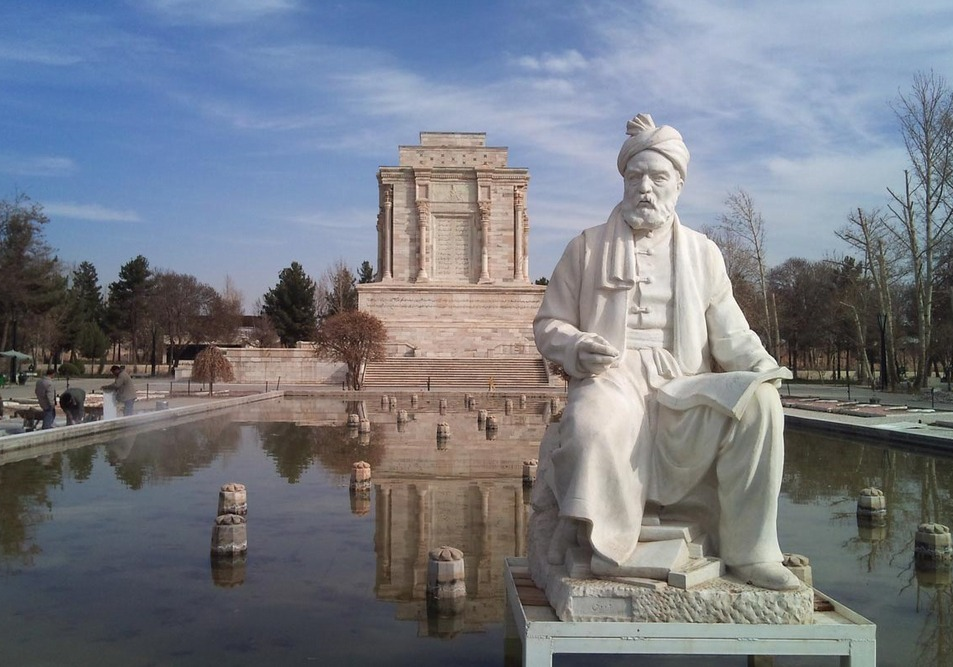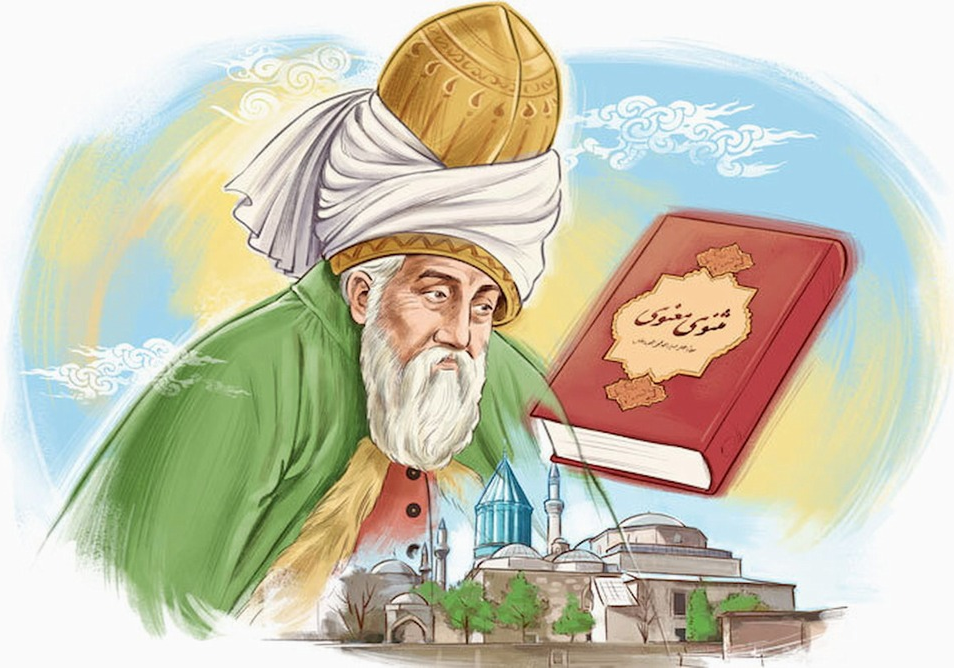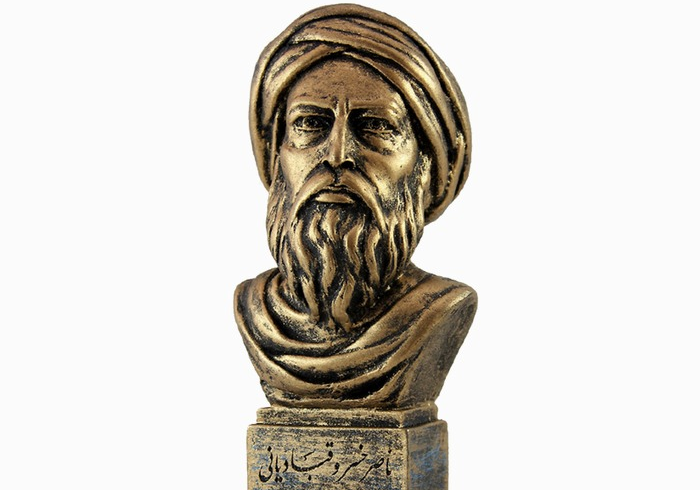
Nezami Ganjavi
Like Ferdowsi and Sa’di, Nezami was not only able to create and perfect a special style and method of his own, but had an influence on Persian poets who came after him. Nezami had a wide range of knowledge of the common sciences of his time (such as literary sciences, astronomy, Islamic sciences, jurisprudence, theology, and Arabic language) and this feature can be clearly witnessed in his poetry.
He was very particular in selecting appropriate words and phrases and creating new and innovative combinations and inventing new and pleasant meanings and themes, and depicting details with the power of his imagination and in describing landscapes and describing nature and people, and using pleasant and new similes and metaphors, which ranks him among those who were unparalleled in comparison to those poets who came after him.
The famous and unparalleled masterpiece left behind by Nezami is “Khamseh or Panj Ganj” (Five Treasures), which is a lofty work in the realm of lyrical stories and he should, therefore, be considered the pioneer of such type of poetry in Persian literature. Nezami had spent thirty years of his life arranging and compiling his poetry. Khamseh or Panj Ganj (five treasures) comprises five Mathnavis of “Makhzan al-Asrar” (one of the prominent examples of educational literature in the Persian language), Khosrow and Shirin (the love story of Khosrow Parviz, the great king of the Sassanid Empire and the Armenian prince, Shirin), Leily va Majnun (the most famous Classic love story of Persian literature), Haft Peykar (also called Bahramnameh and Haft Gonbad), and Eskandarnameh (consisting of Eqbalnameh and Sharafnameh).
Divan of Poems and Ghazals (a collection of poems, odes, quatrains, couplets, passages, scattered verses, and ghazals on various moral, mystical, and social subjects) and the seventh book of Khamseh or Ganjeh-ye Ganjavi (consisting of odes, ghazals, pieces, and quatrains), too, are some of his other works.
So far, many international meetings, congresses, etc. have been held in Iran and the world to commemorate Nezami Ganjavi. March 12 has been named as “Nezami Ganjavi Commemoration Day” in the official Iranian calendar. In addition to Iran, Nezami’s statues can be found in China, Azerbaijan, Italy, etc.
Nezami Ganjavi passed away in his birthplace of Ganja in the year 1209 CE and there is a tomb in that city, which is believed to be Nezami’s.
| Name | Nezami Ganjavi |
| Country | Iran |
| Nickname | Jamal al-Din Abu Mohammad Ilyas |
| Works | Nizami's main poetical work, for which he is best known, is a set of five long narrative poems known as the Khamsa (خمسه, 'Quintet or Quinary') or Panj Ganj (پنج گنج, 'Five Treasures'): Makhzan-ol-Asrâr (مخزنالاسرار, 'The Treasury or Storehouse of Mysteries'[10]), 1163 (some date it 1176) Khosrow o Shirin (خسرو و شیرین, 'Khosrow and Shirin'), 1177–1180 Leyli o Majnun (لیلی و مجنون, 'Layla and Majnun'), 1192 Eskandar-Nâmeh (اسکندرنامه, 'The Book of Alexander'), 1194 or 1196–1202 Haft Peykar (هفت پیکر, 'The Seven Beauties'), 1197 |
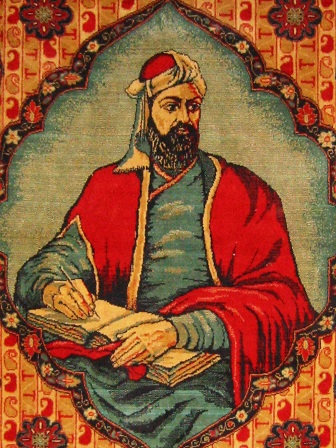


Nezami Ganjavi: the Renowned Iranian Poet
Born in Ganjeh in the year 1141 CE, Jamal al-Din Abu Mohammad Ilyas bin Yusuf bin Zaki bin Mu’ayyad, popularly known as Nezami Ganjavi, was a great Iranian poet of epic poetry - originally from the Tafresh City - who introduced a colloquial form of story writing in the Persian literature and poetry. He is, thus, known as the pioneer of poetic story-writing. Like Ferdowsi and Sa’di, Nezami was not only able to create and perfect a special style and method of his own, but had an influence on Persian poets who came after him. Nezami had a wide range of knowledge of the common sciences of his time (such as literary sciences, astronomy, Islamic sciences, jurisprudence, theology, and Arabic language) and this feature can be clearly witnessed in his poetry. He was very particular in selecting appropriate words and phrases creating new and innovative combinations inventing new and pleasant meanings and themes, depicting details with the power of his imagination in describing landscapes nature, and people, and using pleasant and new similes and metaphors, which ranks him among those who were unparalleled in comparison to those poets who came after him.
Nizami’s Works
The famous and unparalleled masterpiece left behind by Nezami is “Khamseh or Panj Ganj” (Five Treasures), which is a lofty work in the realm of lyrical stories and he should, therefore, be considered the pioneer of such type of poetry in Persian literature. Nezami had spent thirty years of his life arranging and compiling his poetry. Khamseh or Panj Ganj (five treasures) comprises five Mathnavis of “Makhzan al-Asrar” (one of the prominent examples of educational literature in the Persian language), Khosrow and Shirin (the love story of Khosrow Parviz, the great king of the Sassanid Empire and the Armenian prince, Shirin), Leily va Majnun (the most famous Classic love story of Persian literature), Haft Peykar (also called Bahramnameh and Haft Gonbad), and Eskandarnameh (consisting of Eqbalnameh and Sharafnameh). Divan of Poems and Ghazals (a collection of poems, odes, quatrains, couplets, passages, scattered verses, and ghazals on various moral, mystical, and social subjects) and the seventh book of Khamseh or Ganjeh-ye Ganjavi (consisting of odes, ghazals, pieces, and quatrains), too, are some of his other works.
Nizami’s Khamseh a Role Model for Others
Many poets modeled Nizami Ganjavi’s style of story-writing. For example, Amir Khosrow Dehlavi wrote his Masnavis of Matla’ al-Anwar, Khosrow va Shirin, Laili va Majnoon, Ayineh Sekandari, and Hasht Behesht by following Nizami’s style. Similarly, Khaju Kermani created the masnavis of Homay va Homayun, Gul va Nowruz, Roza al-Anwar, Kamalnameh, and Goharnameh, which together form the five masnavis of Khaju. Abdurrahman Jami, too, wrote a collection of seven masnavis called Haftavarang, which includes Silsila al-Zahb, Salaman and Absal, Tohfah al-Ahrar, Sabha al-Abrar, Yusuf va Zulikha, Laili and Majnoon, and Kheradnameh under the influence of Nizami. Khameh of Nizami has been translated into other languages and his works have been taught in schools even today.
So far, many international meetings, congresses, etc. have been held in Iran and the world to commemorate Nezami Ganjavi. March 12 has been named “Nezami Ganjavi Commemoration Day” in the official Iranian calendar. In addition to Iran, Nezami’s statues can be found in China, Azerbaijan, Italy, etc.
Nezami Ganjavi passed away in his birthplace of Ganja in the year 1209 CE and there is a tomb in that city, which is believed to be Nezami’s. March 12 is named the "Commemoration Day of Hakim Nizami" in the national calendar of Iran.
| Name | Nezami Ganjavi: the Renowned Iranian Poet |
| Country | Iran |
| Nickname | Nezami Ganjavi |
| Production Time | 12th century |
| Works | Khosrow va Shirin, Laili va Majnoon, Ayineh Sekandari, seven masnavis called Haftavarang |
| Yard period | the past |
| Type | Literary |
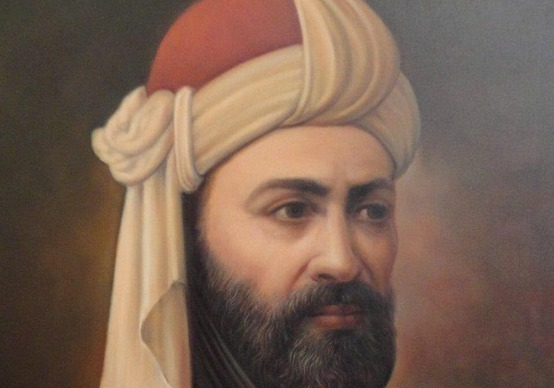
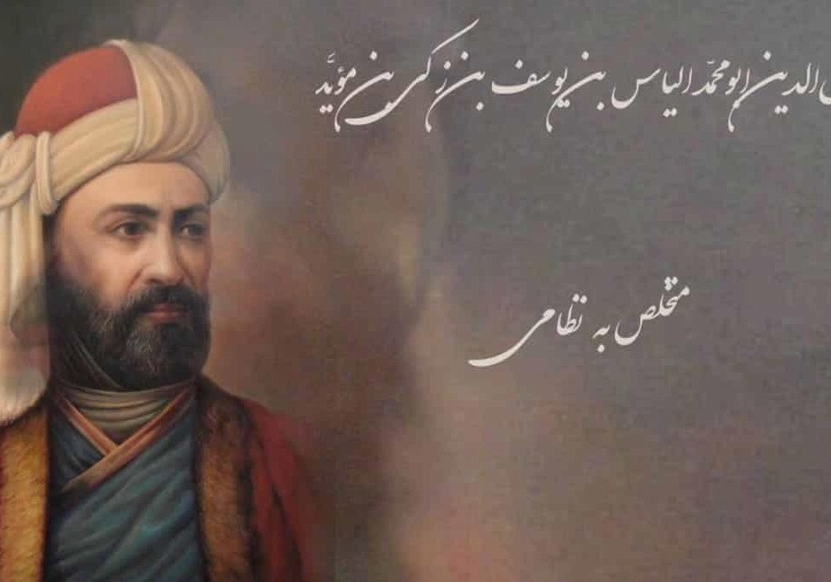
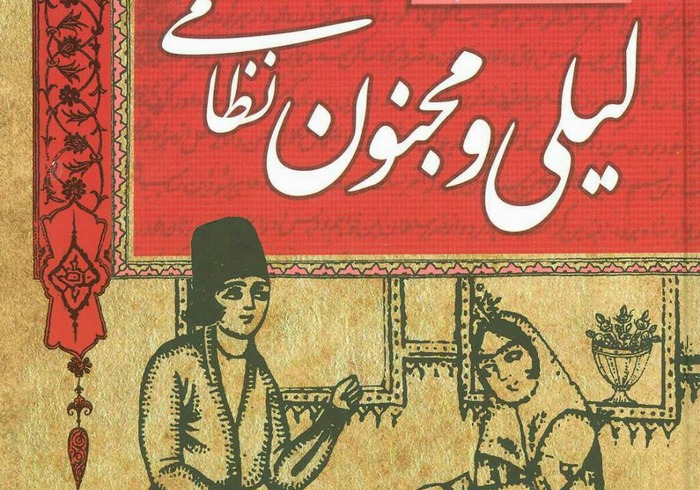
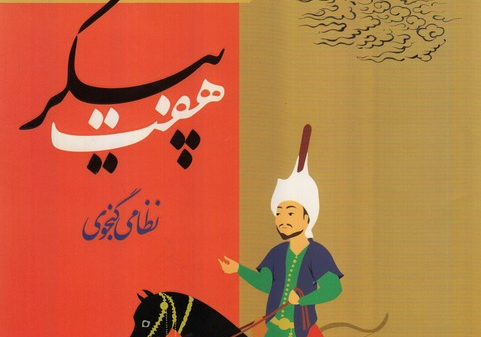

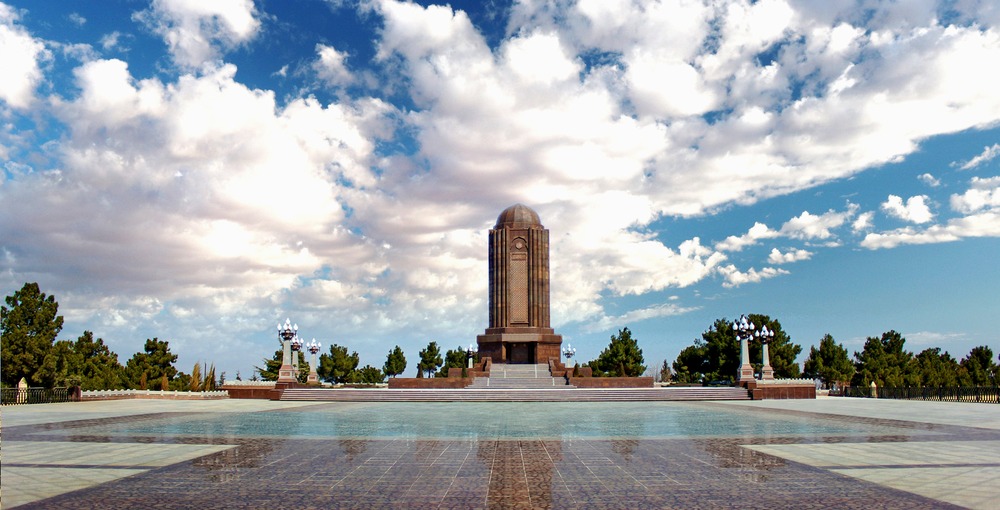
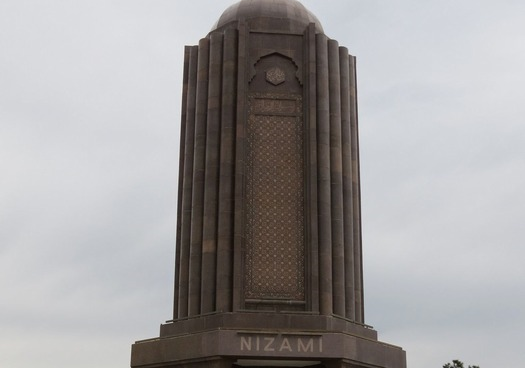







Choose blindless
Red blindless Green blindless Blue blindless Red hard to see Green hard to see Blue hard to see Monochrome Special MonochromeFont size change:
Change word spacing:
Change line height:
Change mouse type:
